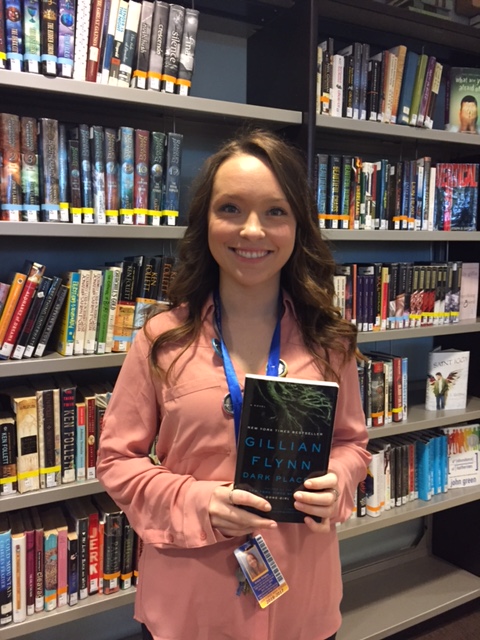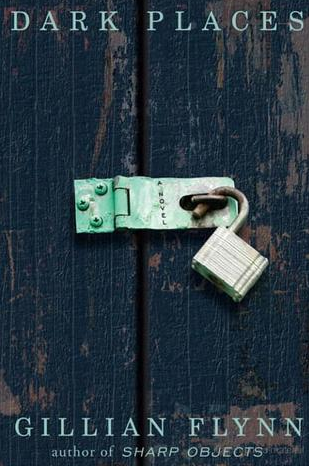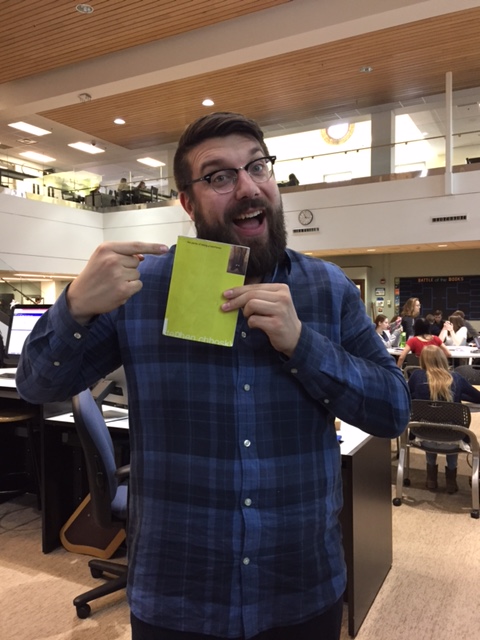This week’s Faculty Favorite goes to a true book lover, English teacher Ms. Zimmerman. She’s got FOUR favorite books she’d like to recommend!
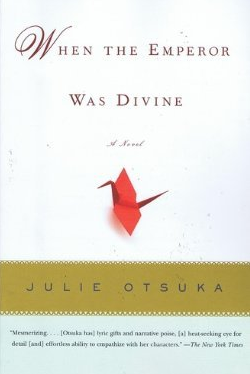
First up is When the Emperor was Divine by Julie Otsuka. “A Japanese family is sent from their home to Utah during the Japanese internment era of World War II,” says Ms. Zimmerman. “It is about their struggles on the journey and the problems they face when they try to return home. It is written from several different family members’ perspectives, which makes the voices all the more real.”
Synopsis:
Julie Otsuka’s commanding debut novel paints a portrait of the Japanese internment camps unlike any we have ever seen. With crystalline intensity and precision, Otsuka uses a single family to evoke the deracination-both physical and emotional-of a generation of Japanese Americans. In five chapters, each flawlessly executed from a different point of view-the mother receiving the order to evacuate; the daughter on the long train ride to the camp; the son in the desert encampment; the family’s return to their home; and the bitter release of the father after more than four years in captivity-she has created a small tour de force, a novel of unrelenting economy and suppressed emotion. Spare, intimate, arrestingly understated, When the Emperor Was Divine is a haunting evocation of a family in wartime and an unmistakably resonant lesson for our times. It heralds the arrival of a singularly gifted new novelist.

Next, is All the Light We Cannot See by Anthony Doerr, an award-winning best seller that is headed for the big screen.
Ms. Zimmerman sums up the plot like this: “A blind young French girl (Marie Laure) and a German orphan who is called to become a member of Hitler’s Youth (Werner) find that their paths collide during the German occupation of France in WWII,” says Ms. Zimmerman. Why is it one of her favorites? “Both, in a way, are fighting for physical and emotional survival–Doerr delivers with poignancy what a child’s perspective on the wartime experience might be–it’s so beautifully written, full of imagery and metaphor,” she says.
Synopsis:
From the highly acclaimed, multiple award-winning Anthony Doerr, the beautiful, stunningly ambitious instant New York Times bestseller about a blind French girl and a German boy whose paths collide in occupied France as both try to survive the devastation of World War II.
Marie-Laure lives with her father in Paris near the Museum of Natural History, where he works as the master of its thousands of locks. When she is six, Marie-Laure goes blind and her father builds a perfect miniature of their neighborhood so she can memorize it by touch and navigate her way home. When she is twelve, the Nazis occupy Paris and father and daughter flee to the walled citadel of Saint-Malo, where Marie-Laure’s reclusive great-uncle lives in a tall house by the sea. With them they carry what might be the museum’s most valuable and dangerous jewel.
In a mining town in Germany, the orphan Werner grows up with his younger sister, enchanted by a crude radio they find. Werner becomes an expert at building and fixing these crucial new instruments, a talent that wins him a place at a brutal academy for Hitler Youth, then a special assignment to track the resistance. More and more aware of the human cost of his intelligence, Werner travels through the heart of the war and, finally, into Saint-Malo, where his story and Marie-Laure’s converge.
Doerr’s “stunning sense of physical detail and gorgeous metaphors” (San Francisco Chronicle) are dazzling. Deftly interweaving the lives of Marie-Laure and Werner, he illuminates the ways, against all odds, people try to be good to one another. Ten years in the writing, a National Book Award finalist, All the Light We Cannot See is a magnificent, deeply moving novel from a writer “whose sentences never fail to thrill” (Los Angeles Times).

Also topping Ms. Zimmerman’s list of favorite reads is this parenting book: The Price of Privilege: How Parental Pressure and Material Advantage are Creating a Generation of Disconnected Kids by Madeline Levine.
Says Zimmerman, “Wow–opened my eyes as a parent and a teacher to one of the many routes some kids may take to becoming fragile rather than resilient through the constant process of “rescue” that our culture can sometimes promote.”
Synopsis:
“If you are rearing a sensitive child, one who is burdened by the world’s problems and unsure how to cope with it, or one who is sensitive to physical or emotional energy in the room, or one who feels things more intensely than most, this is a great self-help book,” says Zimmerman. “There is also one by the same author for highly sensitive adults. Helped me learn to help my own children as well as some of my students. The book reminds us that about 10% of the world’s population is “highly sensitive.” I learned something new by reading this book,” she adds.
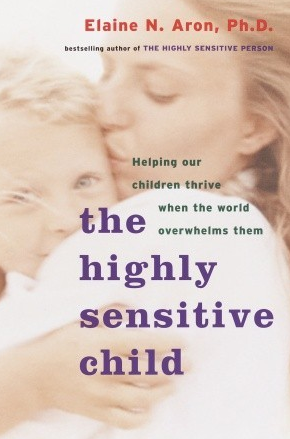
Lastly, Ms. Zimmerman recommends another parenting book: The Highly Sensitive Child by Elaine N. Aron.
“If you are rearing a sensitive child, one who is burdened by the world’s problems and unsure how to cope with it, or one who is sensitive to physical or emotional energy in the room, or one who feels things more intensely than most, this is a great self-help book,” says Ms. Zimmerman. “There is also one by the same author for highly sensitive adults. Helped me learn to help my own children as well as some of my students. The book reminds us that about 10% of the world’s population is “highly sensitive.” I learned something new by reading this book,” she adds.
Synopsis:
The bestselling author and psychologist whose books have topped 240,000 copies in print now addresses the trait of “high sensitivity” in children–and offers a breakthrough parenting guidebook for highly sensitive children and their caregivers.
With the publication of The Highly Sensitive Person, Elaine Aron became the first person to identify the inborn trait of “high sensitivity” and to show how it affects the lives of those who possess it. Up to 20 percent of the population is born highly sensitive, and now in The Highly Sensitive Child, Aron shifts her focus to highly sensitive children, who share the same characteristics as highly sensitive adults and thus face unique challenges as they grow up.
Rooted in Aron’s years of experience as a psychotherapist and her original research on child temperament, The Highly Sensitive Child shows how HSCs are born deeply reflective, sensitive to the subtle, and easily overwhelmed. These qualities can make for smart, conscientious, creative children, but with the wrong parenting or schooling, they can become unusually shy or timid, or begin acting out. Few parents and teachers understand where this behavior comes from–and as a result, HSCs are often mislabeled as overly inhibited, fearful, or “fussy,”or classified as “problem children” (and in some cases, misdiagnosed with disorders such as Attention Deficit Disorder). But raised with proper understanding and care, HSCs are no more prone to these problems than nonsensitive children and can grow up to be happy, healthy, well-adjusted adults.
In this pioneering work, parents will find helpful self-tests and case studies to help them understand their HSC, along with thorough advice on:
• The challenges of raising an highly sensitive child
• The four keys to successfully parenting an HSC
• How to soothe highly sensitive infants
• Helping sensitive children survive in a not-so-sensitive world
• Making school and friendships enjoyable
With chapters addressing the needs of specific age groups, from newborns through teens, The Highly Sensitive Child delivers warmhearted, timely information for parents, teachers, and the sensitive children in their lives.
If you’d like to check out All the Light We Cannot See, please stop by the library and we’ll help you locate it. We’d like to send out a huge shout-out to Ms. Zimmerman for her wonderful contribution to our blog. Thanks!


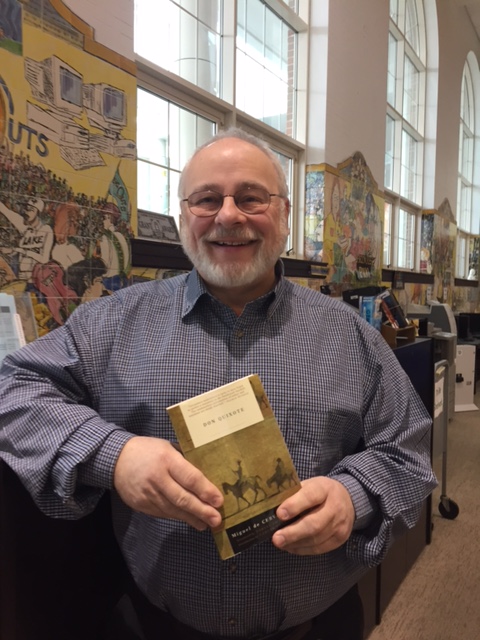
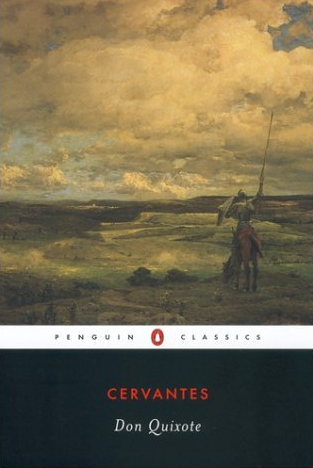

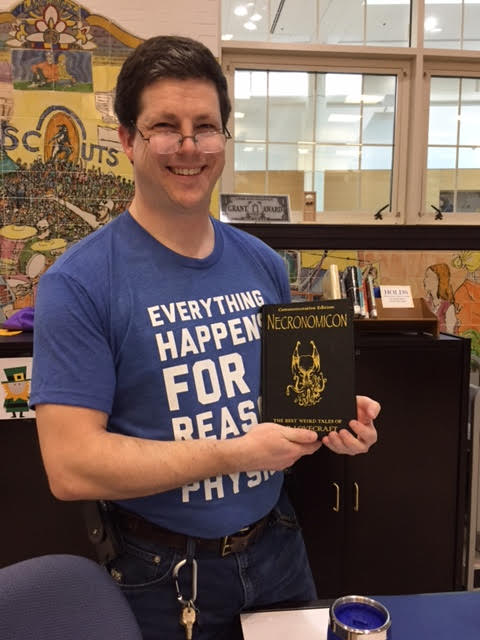
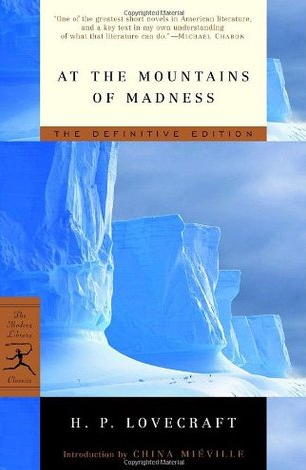

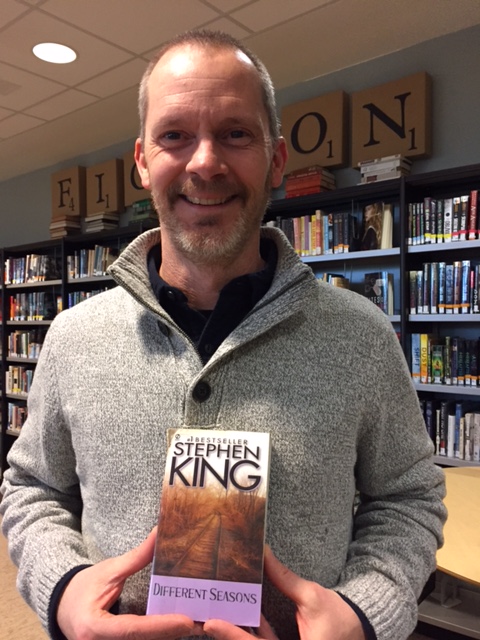
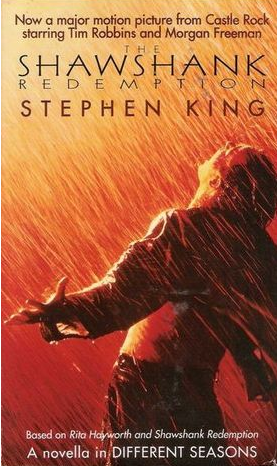




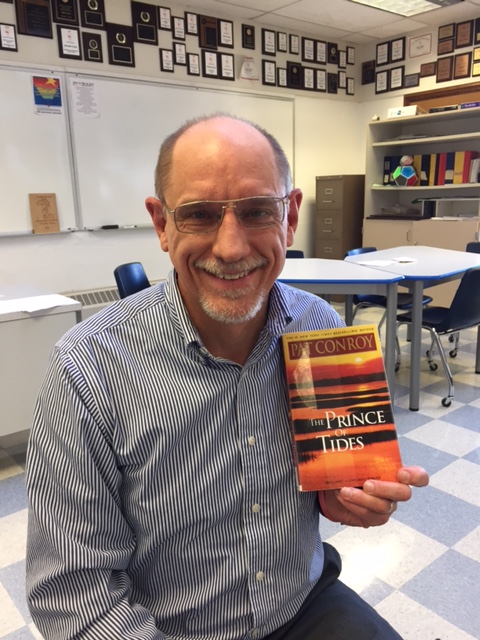
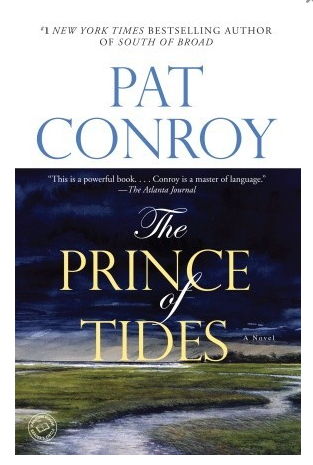
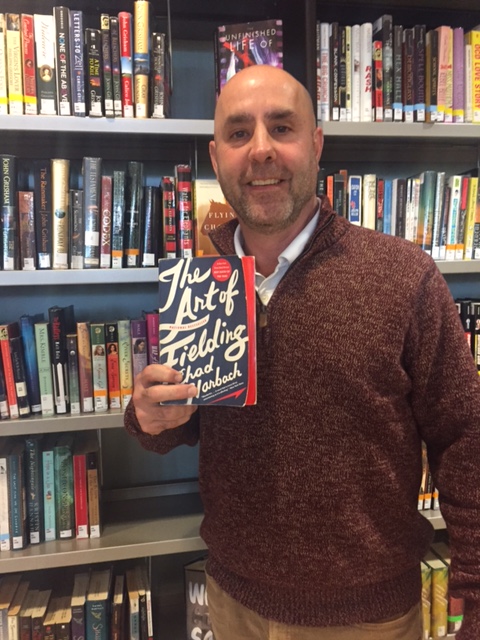 If you’re a baseball lover, this book is a must-read. It’s also one of Mr. Del Fava’s favorite reads! What’s the book?
If you’re a baseball lover, this book is a must-read. It’s also one of Mr. Del Fava’s favorite reads! What’s the book? 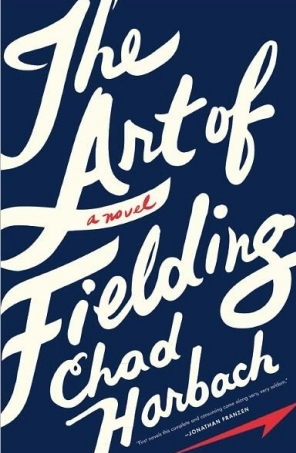 Synopsis from Goodreads.com:
Synopsis from Goodreads.com: